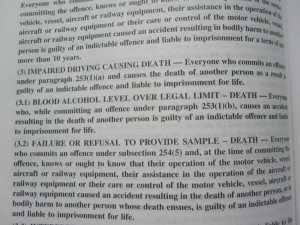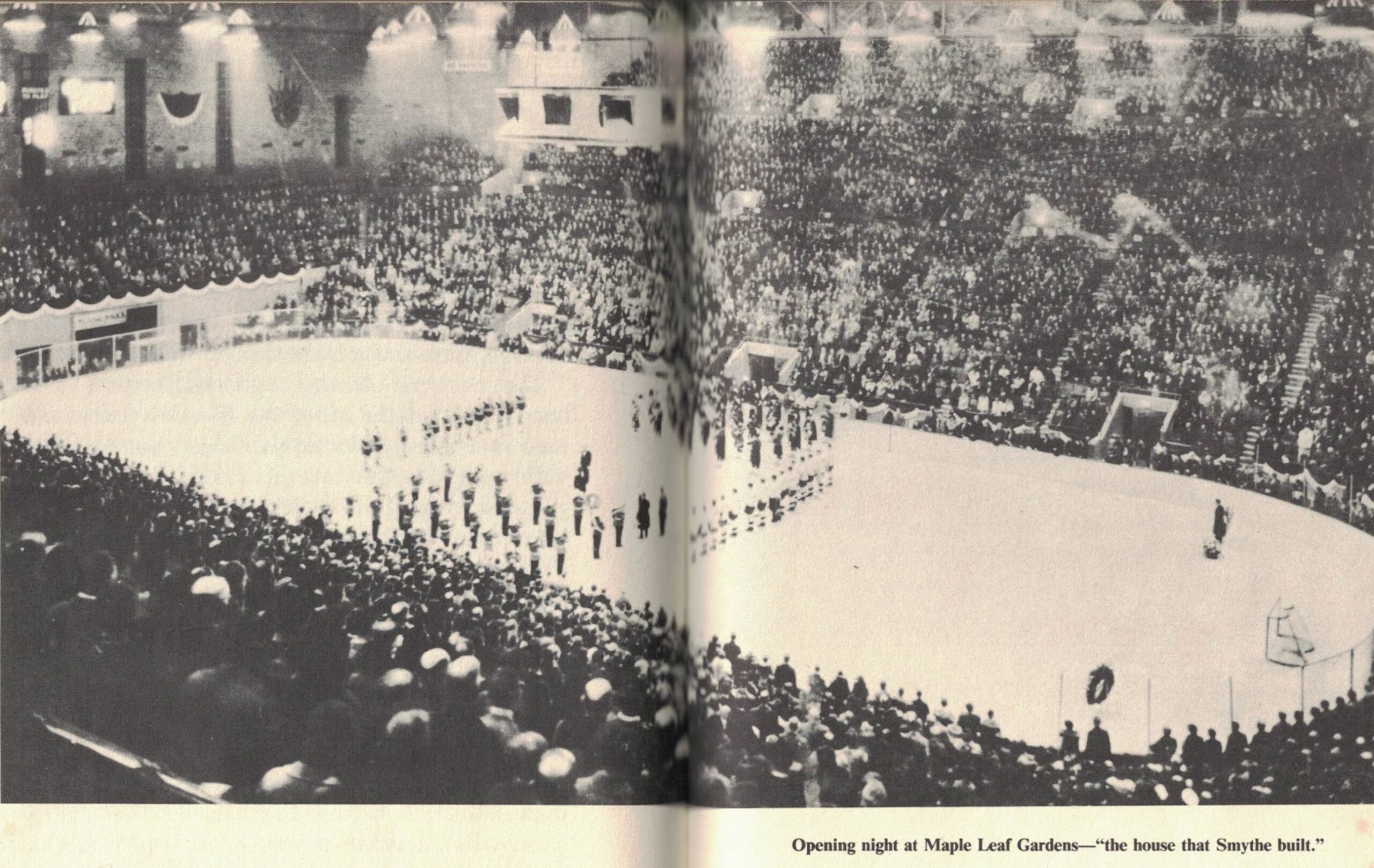The Death Penalty Crushes, Even When the Wrongfully Prosecuted Never Get to Death Row
 The present-day story and critique of the death penalty in the United States of America, at its core, consistently focuses on the wrongfully convicted on death row.
The present-day story and critique of the death penalty in the United States of America, at its core, consistently focuses on the wrongfully convicted on death row.
Media reports have highlighted a variety of cases in which death row inmates have been exonorated by fresh proof, particularly forensic DNA evidence. Pro-bono organizations dedicated to providing “legal and investigative services to individuals seeking to prove themselves innocent of crimes for which they have been convicted, redressing the causes of wrongful convictions, and supporting the exonerated after they are freed” have mushroomed since the early 1990’s and have assisted several people convicted of capital murder.
The narrative on wrongful death penalty cases in America, however, is more nuanced.
The injustice and unfairness associated with the wrongfully convicted on death row extends to people charged in capital cases built on weak and/or questionable evidence who avoid landing on death row because their cases are withdrawn or dismissed (for example, quickly found “not guilty” by juries at trial) after months of prosecution.
This group does not have the public’s attention. They are not the subject of media reports and have not been the subject of studies. They haven’t been tracked. No advocacy groups have grown up around their issues.
The Center for Death Penalty Litigation [“CDPL”] in North Carolina has made a pioneering effort which breaks through the status quo for this group. In its recent report, On Trial for their Lives: The Hidden Costs of Wrongful Capital Prosecutions in North Carolina [“On Trial for their Lives” or the “report”], the CDPL reveals the results of its study of “cases in which people were accused of capital murder but never convicted… [referred] to in this report as wrongful capital prosecutions.”
The CDPL “wanted to explore why people were prosecuted capitally when the state did not have enough evidence to convict, as well as determine the harm caused by such cases.” CDPL stated
We identified 56 cases in which the state abused its power in seeking a death sentence, because prosecutors did not have enough evidence to prove beyond a reasonable doubt that the defendant was guilty. This means that over the past 26 years, an average of two people each year have been targeted for the death penalty even though there was very little evidence of guilt, let alone evidence that they were worthy of the state’s harshest punishment. The database of cases presented in this report is reliable but not comprehensive, because there is no centralized tracking of such cases. Doubtless, there are cases we did not find.
Their research revealed “the same types of errors and misconduct in these cases that have been uncovered in cases where innocents were convicted and sent to death row.” These included the following:
- prosecutors/police hiding evidence that tended to show that the defendant/accused was innocent;
- reliance on “junk science” [i.e., untested or unproven theories presented as scientific fact in court];
- pressure on witnesses to testify against the accused;
- use of notoriously unreliable witnesses, namely jail inmates, paid informants and co-defendants who were given lighter sentences in exchange for their co-operation; and
- mishandling evidence (for example, switching DNA samples and asserting a false match).
In exposing the price paid by the wrongfully prosecuted and the system more broadly, On Trial for their Lives notes these details:
- 56 cases where prosecutors sought the death penalty despite a clear lack of evidence, resulting in acquittal or dismissal of charges;
- 112 years spent in jail by wrongfully prosecuted people;
- An average of two people per year targeted for the death penalty despite little evidence of guilt;
- 60 percent of wrongful capital prosecutions involve the testimony or statements of unreliable witnesses;
- Nearly $2.4 million spent on pursuing weak cases capitally;
- Those who are indicted on capital charges and later cleared are not eligible for compensation, even though many of them spend years in jail, lose their jobs, and are bankrupted by legal expenses;
- The state does not clear exonorees criminal histories unless they obtain, via an expensive and lengthy process, a court order to expunge their criminal records; and
- Those who were already living at the margins of society frequently struggled to find work, and some ended up homeless after they were released from jail.
A critical component of the report are case profiles which personalize the devastation experienced by individuals swept up in these wrongful prosecutions. These profiles deliver tangibility and humanize the scorched earth effect of death penalty prosecutions on people whose cases stopped short of death row. For example:
- A daughter accused of murdering her mother squeezed in a vice of protracted, abusive interrogations, prosecutorial solicitations to jailhouse snitches and switched DNA samples (revealed only after her defence lawyer insisted on testing by a private lab when the prosecution refused to retest the samples), who lost her job and could not find work after being exonorated, lost her home to pay for her defence and ended up living in a homeless shelter and then her truck; and
- A happily engaged man accused of killing his pregnant fiancee absent any forensic connection, in the face of a suspect (the deceased’s ex-boyfriend) with a clear motive, effectively persecuted by a prosecution that refused to consider objective evidence indicative of his innocence and to whom he voluntarily “submitted to interrogation without an attorney, searches of his home, gunshot residue tests, and a polygraph test—believing that police would eventually recognize his innocence” only to find himself the subject of an arrest warrant and an announcement that the prosecutor wanted the death penalty.
The CDPL report sheds light on aspects of the death penalty discussion which undoubtedly need illumination. It also makes plain the toll exacted on the wrongfully prosecuted who manage to avoid death row after going on trial for their lives.





